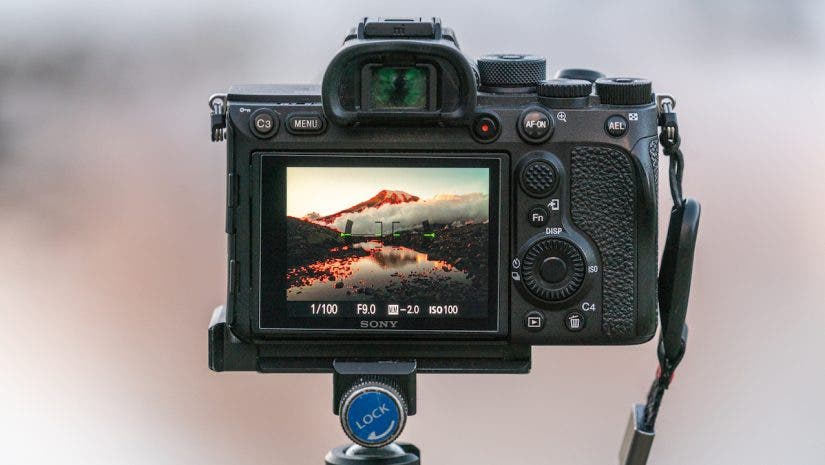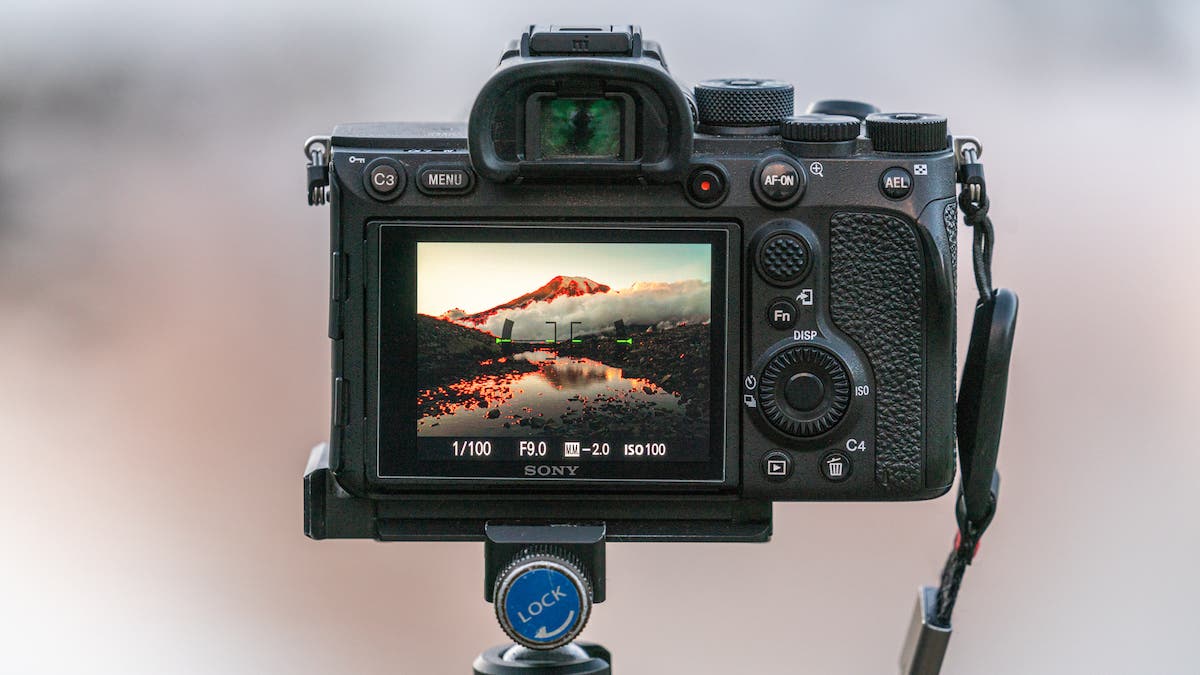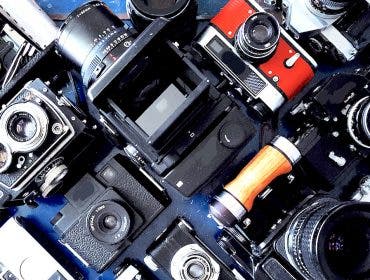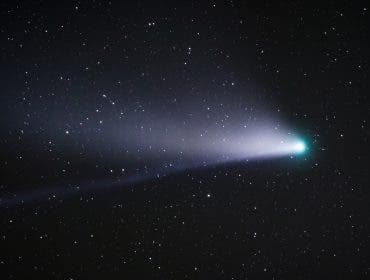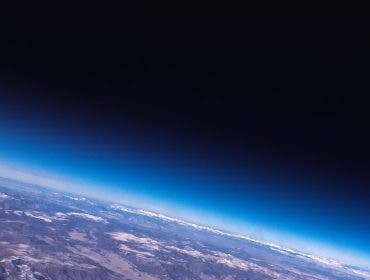Autofocus has certainly come a long way over the years, but various kinds of creators may find themselves unable to effectively use autofocus depending on their subject. For any scenario where autofocus doesn’t work, focus peaking is your best friend.
Each DSLR or mirrorless camera may have slightly different settings when it comes to focus peaking. Although, the purpose of focus peaking is always the same: to help you get sharp images when you have to use manual focus.
What is Focus Peaking?
Focus peaking is a camera setting that helps creators to manually focus their camera quickly with a high level of precision. It uses a false color overlay in your camera’s live view mode. This mode comes in handy when your camera’s autofocus struggles to pick up a subject, or when using special manual focus lenses.
How Focus Peaking Works
Focus peaking utilizes the live view of your camera to show a false color overlay on your camera’s screen to help you find the best focus setting for any given scene. The color overlay is created based on peak contrast areas. The more contrast an area has, the more you’ll be able to see the color overlay on your camera. Most cameras use a red color overlay by default, but you may have the option to adjust the color.
When using the focus peaking setting, you can usually adjust the sensitivity of the focus peaking. This allows it to be more (or less) visible, and selective about the spots where it shows the color overlay. If you shoot at a wider aperture, like f2.8, a higher sensitivity of focus peaking will help you see the color overlay and find the perfect focus. When shooting with a higher depth of field, a lower sensitivity setting will help you to avoid flooding the back of your screen with too much color overlay.
When to Use Focus Peaking
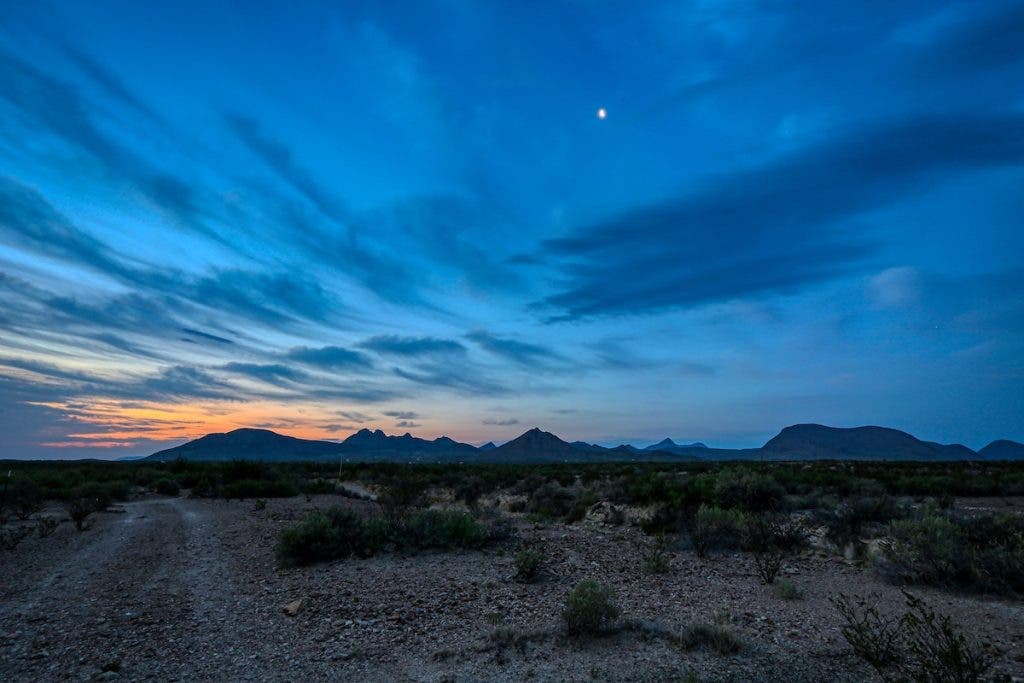
Low Light Conditions
Shooting photos during blue hour can often challenge the autofocus of your camera. Even if your camera can pick up focus, you’ll find that it will be inaccurate at times due to the lack of light and contrast. For this reason, it’s recommended that you always use manual focus combined with focus peaking in any low light or night photography situations. When shooting in very low light situations, the use of focus peaking will help you quickly find the right focus by switching over to manual mode.
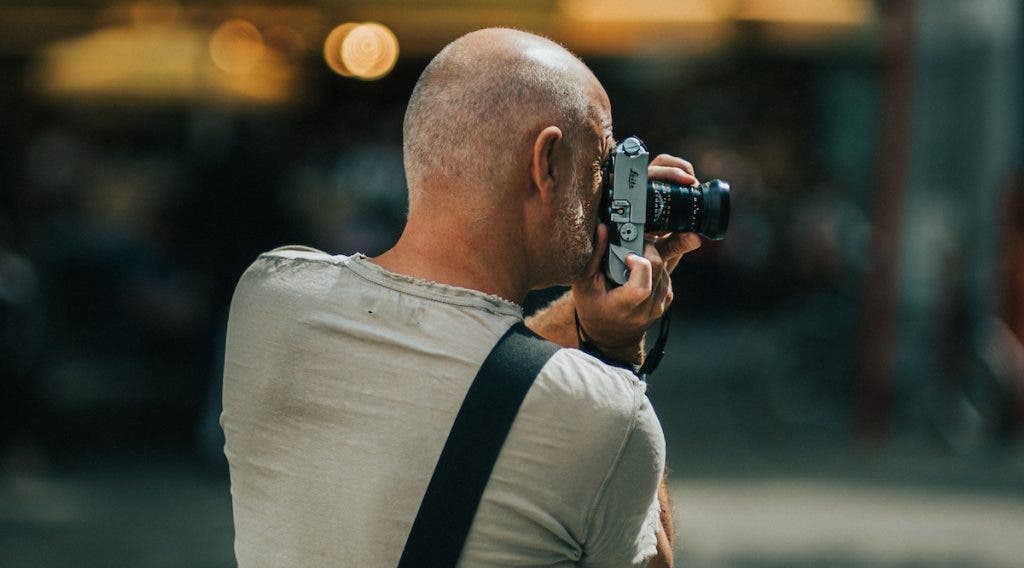
Manual Focus Lenses
There are still lenses that are made in manual focus. Older film lenses can give your images interesting effects this way. Even some modern lenses are still made in manual focus, usually offering a reduced price point for creators on a budget.
To use these lenses, manually focusing can be slow and require you to zoomon your camera’s live view to achieve the perfect focus. Using focus peaking will give you the ability to focus these manual focus lenses in the fastest way possible. This can be the difference between getting the shot and missing the moment for any fast-moving action.

High Contrast Scenes
Any scene with high-contrast is a good candidate for focus peaking. Since the focus peaking overlay appears on high-contrast areas, scenes that already have a high contrast work great for focus peaking. As you sharpen the image by turning the focus ring, you get a stronger color overlay. This indicates sharpness, which further increases the contrast between objects by offering a sharp edge for anything in your frame. For these scenes, you may need to adjust the sensitivity of focus peaking to dial in the best results.
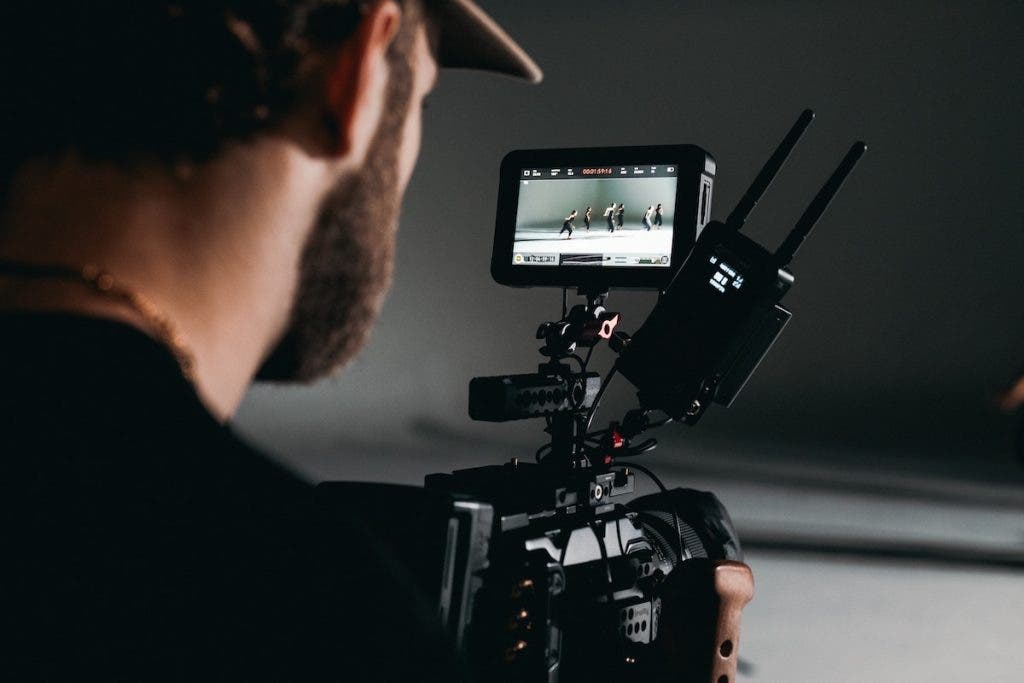
Videography
Lastly, video creators will get excellent results when using focus peaking. Manual focus techniques in videography will see increased results with the use of focus peaking. One example is rack focus, where the video comes into focus over time. This technique is achieved by turning the manual focus ring bringing the subject into focus. Using focus peaking can help you to stop turning the focus ring at the perfect time, bringing the subject into perfect focus. Without focus peaking, it’s really easy to over or under adjust the focus ring, rendering your shot out of focus and unusable.
Focus Peaking: Frequently Asked Questions
As of the time of this writing, most cameras from Sony, Fujifilm, Panasonic, Nikon, and Pentax have focus peaking. If you can’t find the focus peaking setting, look for “Focus Assist for Live View”, which is another name for focus peaking.
Different cameras may offer different colors for focus peaking. Generally you’ll have the option to choose between red, yellow, blue, and white. The best color to use is the color you can see the easiest. This is dependent on the kind of photos you take. Many photographers prefer white, but the best way to find the best color for your style of photography is just to simply try them all!
To turn on focus peaking, find the “Focus Peaking”, “Peaking Settings” or “Focus Assist” settings in your camera’s menu. Turn the setting on, and then you can adjust the level and color.
Conclusion
While most photographers find themselves primarily using auto focus these days, knowing how to efficiently and effectively use manual focus is crucial for situations where auto focus isn’t good enough. Focus peaking is just another tool, but it is absolutely essential. Its a setting you should be using if you ever switch to manual focus.
Many cameras automatically turn focus peaking off when you switch to an auto focus mode. It’s recommended to turn on focus peaking so it will instantly appear anytime you switch to manual focus. The last thing you want to do is miss the shot because you are trying to dial in the manual focus!
